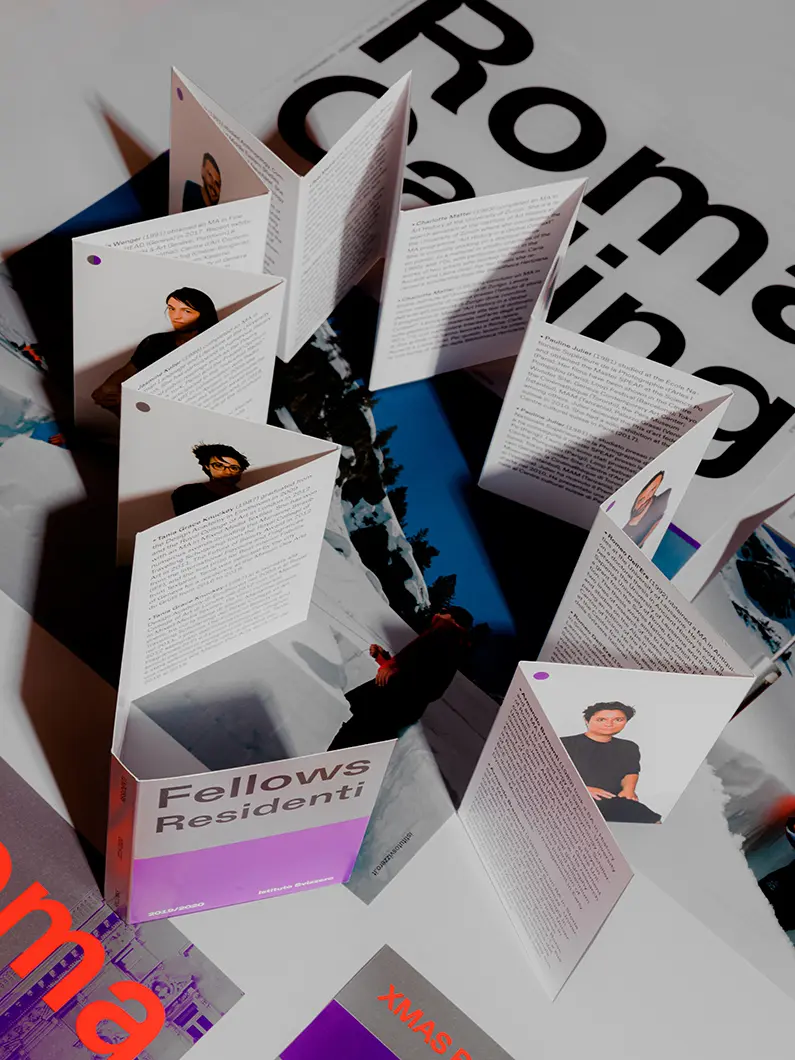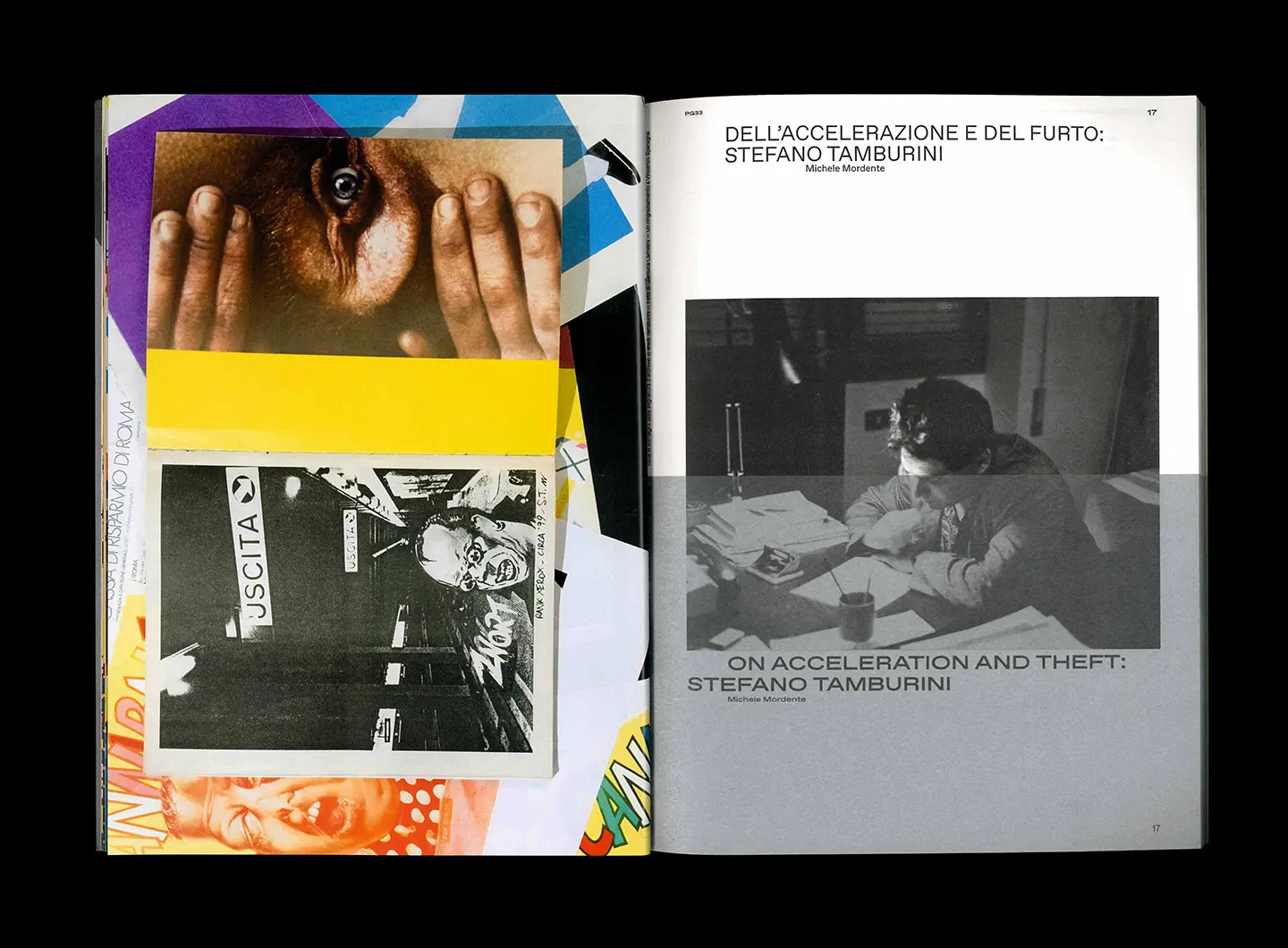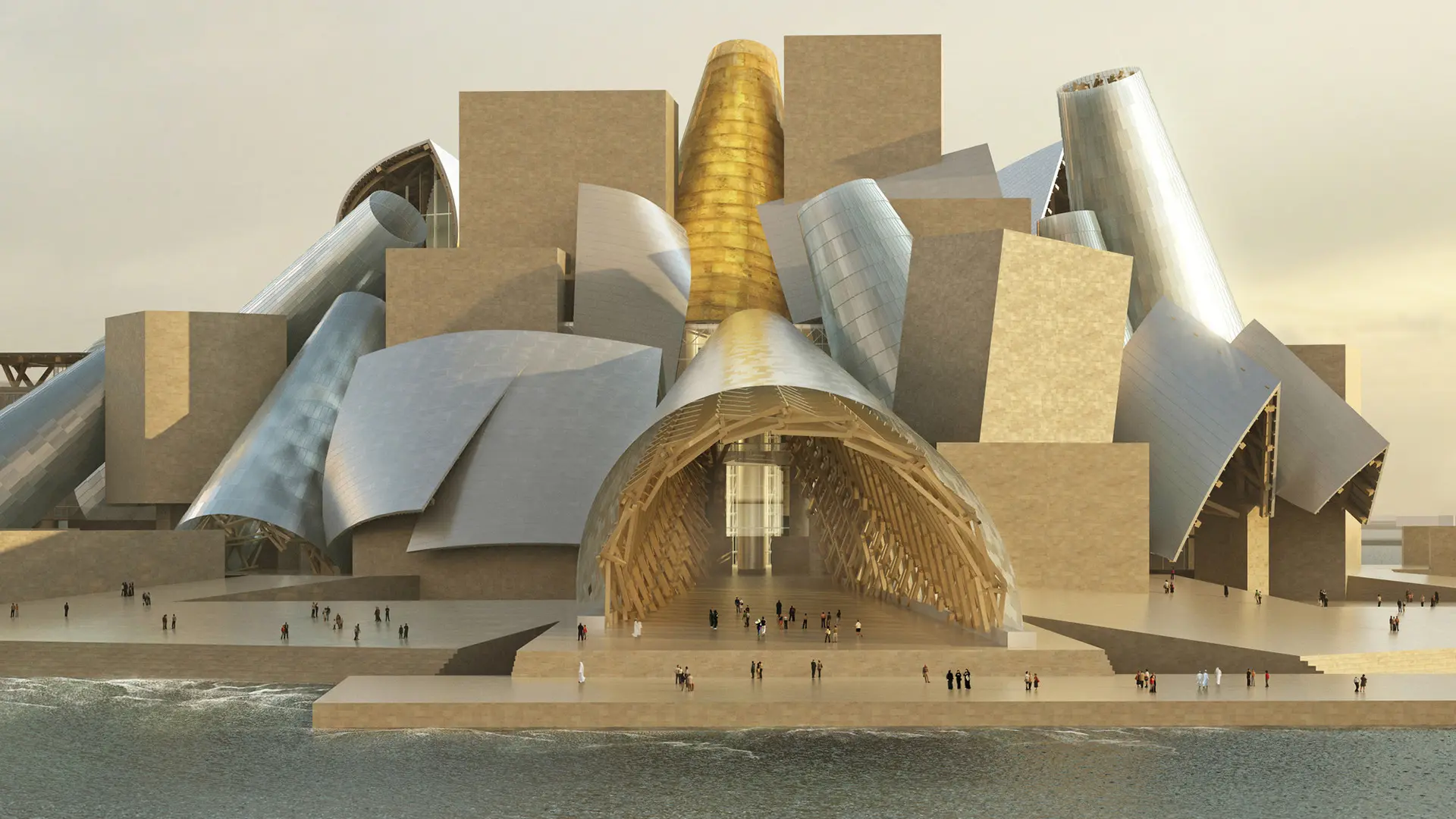From BIG to David Chipperfield, Frank Gehry to Snøhetta: a world tour of the best buildings set to open in 2026
Graphic designers in Italy, in a new publication from Fondazione Mondadori

V-A-C Foundation
Posters, brochures, leaflets, signage
A book by Maria Angela Di Pierro and Marco Sammicheli that condenses the most interesting graphic artists of the contemporary Italian graphic design scene into just under two hundred pages.
Each graphic design studio, from Dallas to Zaven, is portrayed in detailed paragraphs (Foundations; In the studio: the Method, Research and Clients; Masters; Us and the Cultural System of Graphic Design; For a Minimum Bibliography of Young Practitioners) that simplify the reading and provide rhythm to the small black and white book. We met the authors, Maria Angela Di Pierro and Marco Sammicheli for the Arnoldo and Alberto Mondadori Foundation.

Art direction, Identity for Istituto Svizzero, 2017-2020
Photo Mattia Parodi
Maria Angela Di Pierro: This project was conceived to tell the story of a world of artists and designers, some of whom we had involved in the MOSTRO festival held in Milan for three years. In 2017, with Marco Sammicheli and Marco Williams Fagioli, I created MOSTRO - graphic design camp. The city was lacking a festival dedicated to graphic arts and visual communication, so we decided to design a showcase that would host graphic designers, illustrators and operators in the sector who shared a specific attribute: they had never exhibited their work in the city of Milan, universally recognised as the world capital of design.
Marco Sammicheli: That idea led to the book, which aims to integrate and develop the initial idea. A publication that is a tool for telling the story of how the graphic design profession is being practised in Italy today. Above all, it aims to be a – partial – portrait of a generation of authors, teachers and professionals active in our country over the last two decades. The subjects of these pages are mostly Italian, they are men and women who have set up studios in Lombardy, Piedmont, Emilia Romagna, Veneto, Friuli Venezia Giulia; teachers and instructors of a sample of public and private entities made up of universities, schools and institutes in Milan, Venice, Bolzano, Catania; editors, critics and operators who have generously and enthusiastically reviewed, hosted and exhibited the work of at least two generations of graphic designers, art directors and designers between the ages of thirty and forty-five.

“Graphic Design” no. 33. Work - AIAP Edizioni, October 2018
Typefaces no. 33: Favorit, Ginto Nord, Oilof. Courtesy dinamo
MS: It means sharing the work and combining points of view. In addition, the book is a group portrait where essays, interviews, thoughts and bibliographies testify to the desire to include contributions and different ways of experiencing contemporary graphics.
MADP: Marco is a curator and a researcher, I am a project manager and, more recently, a gallery owner; after MOSTRO we wanted to continue exploring the world of visual communication and this time we focused on different contexts: Milan, Bari, Bolzano, Turin, Venice, Bergamo, Reggio Calabria, Udine.
MS: There is a community of visual designers who did not know the masters of the 1960s and 1970s, who were not trained in a school stamped by political ideology, who have missed out on the references of sector associations, who have embraced the technological challenges, who lack job security and face the persistent absence of recognition of the graphic design profession. But also a group of cosmopolitan, self-taught designers and operators, immersed in global networks, trained in multi-disciplines, multi-modals and multimedia. They are designers accustomed to the absence of boundaries between fields, themes and subjects, because for them encroachment is an educational attitude, a professional approach and a logic of economic survival straddling traditional publishing, digital culture, media, packaging, product and communication design.
MADP: However, the people interviewed for this publication have many things in common, in that they are participants in the three editions of the MOSTRO festival and many of them are well-known designers. Italian graphic designers have been, and continue to be, visual architects, starting with the work of Bruno Munari, Pino Tovaglia, Albe Steiner, Pierluigi Cerri, Italo Lupi, Giovanni Anceschi, Mario Piazza and Massimo Pitis, up to the generations closest to us and presented here. In fact, they are professionals who are aware of their role in society every time they produce a work for a private individual because its public destination is implicit. The client is an individual, but the final recipient of effective visual communication always remains the wider community. This generation of authors, teachers and practitioners have new tools and approaches, they differ in training and their relationship with technology.

Innovation Festival, Apulian Regional Agency for Technology and Innovation (ARTI)
Bari, 2015
MS: For us there is no ranking. We have interviewed teachers with very different methods and approaches. They are Luciana Gunetti and Alessandro Colizzi from Milan Polytechnic, Lorenzo Bravi from ISIA in Urbino, Alessio D'Ellena from CFP Bauer in Milan, Stefano Mirti from SUPER - Scuola Superiore di Arte Applicata del Castello Sforzesco in Milan, Daniele Lupo from the University of Bolzano and Aldo Presta from Accademia Abadir in Catania. The creative professions have evolved at the same pace as social change. How could it be any other way, given that the former is nourished by the latter and the duality of their relationships allows creativity to interpret society, and facts to be read through the expressions of man. Imagining a coherent, reality-based training path for a discipline such as graphic design is not easy, as the so-called school of thought is no longer sufficient to educate a university student. Current affairs and technological innovation are racing ahead. Experimentation and study, as they have been structured by academic curricula over the last two decades, end up not meeting professional needs, but above all they fail to incorporate the tools and methods needed to promote empathetic learning, a reading of the world and an awareness of the social dimension of creative disciplines.
MADP: In this climate of uncertainty, a speculative approach has taken hold, multiplying the options and giving rise to numerous possibilities: university courses, institutes, academies and vocational schools. Through interviews, we have gathered the views of professors, researchers and contract lecturers who combine teaching with professional activity.

“Oscar” Mondadori Rebranding and packaging design for the “Oscar” pocket catalogue commissioned by Mondadori
2016 - ongoing - Size 13x20x5.5 cm
MS: What the graphic designers and professionals in our book have in common is a desire to see their work recognised by trade associations, museums and the media. They complain of the lack of continuity of dialogue between teachers and schools in the transfer of the secrets of the trade and the need to protect the rights of a profession in a state of perpetual transformation. We would like the book not only to be a portrait of a community but also to spark off a debate between stances and languages in order to build relationships and, perhaps more importantly, to educate clients and the public about the diversity of tastes.
MADP: I share Marco's point of view. I really hope we can start again from the graphic designer-client relationship. From the etymology of the Latin verb "committere", which means to put together, to join, to unite. Today, in firms, unfortunately there is a lot of confusion between information, visual and printed communication, web communication, social media and marketing. Many of the entries in the book are case studies aimed at bringing coherence to the different levels, using innovative creative language and building relationships.
TITLE: Ritratti grafici
AUTHORS: Maria Angela Di Pierro and Marco Sammicheli Maria Cristina Didero
PUBLISHED BY: Fondazione Arnoldo e Alberto Mondadori
PUBLISHED: 2021
PAGES: 148


 Stories
Stories














